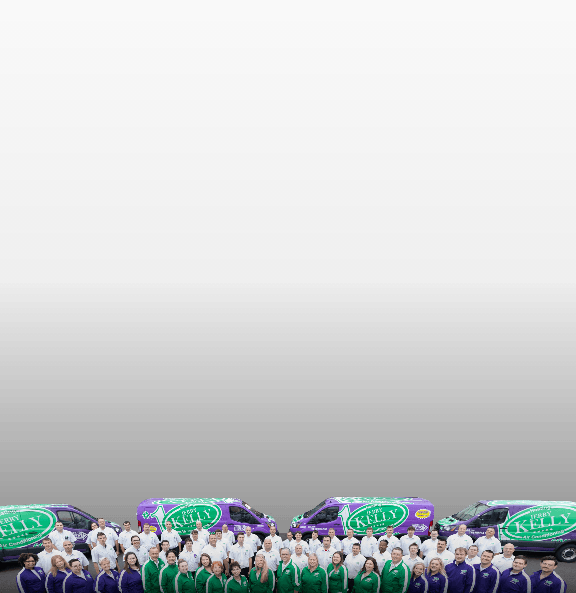If you’re one of the tens of millions of Americans that suffer from frustrating, sneezy allergy issues, you likely know a bit about air cleaners. Or if you don’t you probably should! This is why the experts at Jerry Kelly Heating & Air Conditioning thought it would be a good idea to put one of our favorite air quality improvement devices on the menu for today!
At Jerry Kelly Heating & Air Conditioning, we prize our ability to improve the air quality in your home. Our experts can bring you cleaner, more comfortable air when you need it most. Air quality is at a premium these days, and we’re ready to deliver! But what exactly is an air cleaner. And better yet, how does it work?
What are air cleaners?
Those in the business of air quality have made it known that the air in your home is the same as it is outdoors. With the exception that the air in your home is up to one hundred times more concentrated. That means more dust, debris, and pollen than outdoors by orders of magnitude.
Air cleaners, or air purifiers, address the issue by reducing or outright removing common allergens in the home; particularly those that your HVAC system can’t handle. For reference, common heating and cooling systems can only filter out particles around 10 microns. That means they handle lots of particulate matter but by no means all of it. For all of the rest, there are air cleaners!
How does an air cleaner work?
When it comes to how they operate, there are two “big” forms of air purification: Those that work by way of filters, and ones that use electrical attraction. There are tons of purifier technologies, but today we’ll stick with the big guns. Both systems work fine, but they work in very different ways:
Air Filters
These are the most commonly used, and generally considered to be the most dependable purification system. They essentially work much the same as a sieve. Air is cycled into the system by way of fans or working in tandem with your HVAC system. The air is then passed through a filter, or series of filters to “scrub” out particles that your heating and cooling system won’t catch (as in, most of the allergy-causing and exacerbating stuff).
Electrical Attraction
This type of cleaner breaks down into multiple further types: electrostatic precipitating cleaners, electret filters, and negative ion generators. But they are all basically on basically the same principle. Without getting too bogged down in a science lesson, the basic gist is that air is drawn into the system by way of fans. The taken-in air is then electrically charged in a way that produces opposite charges; one for clean air, and one for nasty dust, debris, and dander particles. The undesirable bits are then attracted to metal plates in the system and trapped there while the clean air returns to your home.
Which air cleaner is best?
Well, that’s up for a bit of a debate. The best answer is the one that works best for you and works best in tandem with your heating and cooling system. Not sure what that means? No worries, the experts at Jerry Kelly Heating & Air Conditioning can help! Our specialists can help you figure out which system meets your goals best!
Superior Air Quality Solutions with Jerry Kelly Heating & Air Conditioning in St. Charles
Interested in learning more about how to improve the air quality in your home? Jerry Kelly Heating & Air Conditioning can help! Contact us today to learn more, or to set an appointment!
